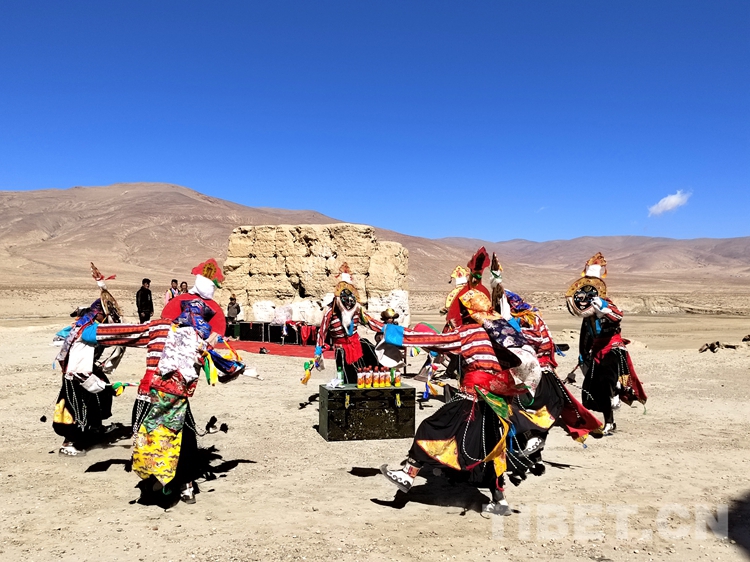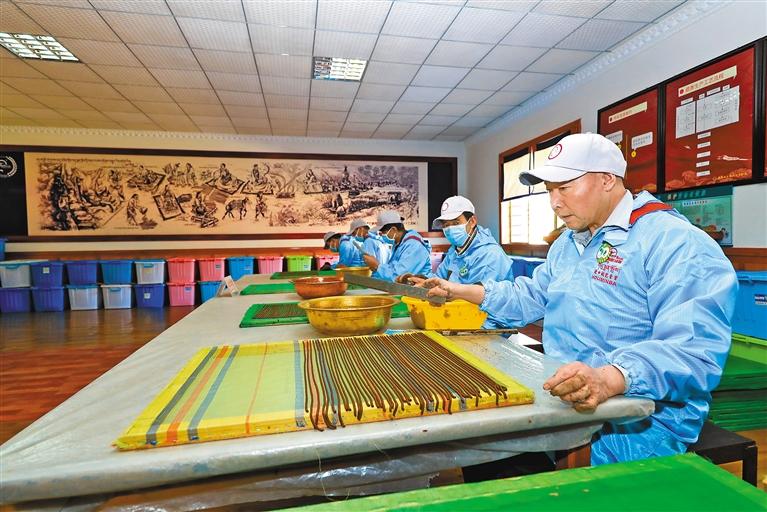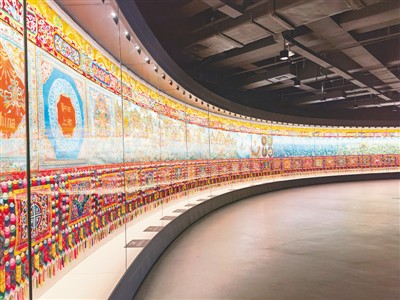Communication and exchanges among various ethnic groups reflected in Tibetan ancient books

The Tibetan andancient books are rich in content numerous in volume. According to the traditional classification method, they are divided into ten categories, namely, linguistics, architecture, medicine, Buddhism, logic, poetry, rhetoric, astrology and drama. In addition, there are also ancient books and documents on politics, economy, history, Gesar, catalogues, folk customs, divination, geomancy, rituals, archives, and Bon classics, involving fields in politics, economy, human history, philosophical thought, natural science, astronomical calendar, science and technology, etc. The forms are also various. There are long strips of Sanskrit, folded, butterfly-like, and thread-bound books. As for the version, there are manuscripts, woodblocks, printing paper books, etc.
Tibetan ancient books and documents are products of communication and exchanges among various ethnic groups in China. In the 7th century AD, Buddhism was introduced into Tibet, and during the process of its localization, eminent monks and great virtues had continued to translate, copy, engrave, and print the famous “Tripitaka”, a fine classic in the ancient Tibetan books, forming “Kanjur” and “Tanjur”. The completion, publication and dissemination of the Tripitaka cannot be separated from the support of the central government and emperors of past dynasties, believers of all ethnic groups, eminent monks and great virtues. For example, in the Western Xia period, engraved editions of Tibetan scriptures and mantras were found for the first time in the Heishui City. In the 12th century, when Khenpo (head Lama) Jorden Razhi of Narthang Monastery collected and compiled Narthang's Tripitaka, his disciples sent a large amount of paper and ink from Shangdu. In the Ming Dynasty, Emperor Yongle and Emperor Wanli engraved and printed the Tibetan "Kanjur" in Nanjing and Beijing respectively, which started the history of large-scale publication and printing of Tibetan documents. In the Qing Dynasty, during the Kangxi and Qianlong dynasties, the Beijing editions of Kanjur and Tanjur were published in Beijing, and the Tibetan Tripitaka was translated into Manchu, Chinese, Mongolian and other languages, which promoted the communication and exchanges among various ethnic groups in China. The publication, dissemination and preservation of Tibetan classics and documents have played an important role in the standardization of Tibetan language writing, the protection and inheritance of Buddhist culture, and the continuous enrichment of national culture. At the same time, it has also further promoted the communication and exchanges among various ethnic groups.
Tibet Stories

Gains and inspiration of the Olympic Games to a Tibetan youth
The 10-day Beijing 2022 Paralympic Winter Games took place and ended in March, leaving good ...







